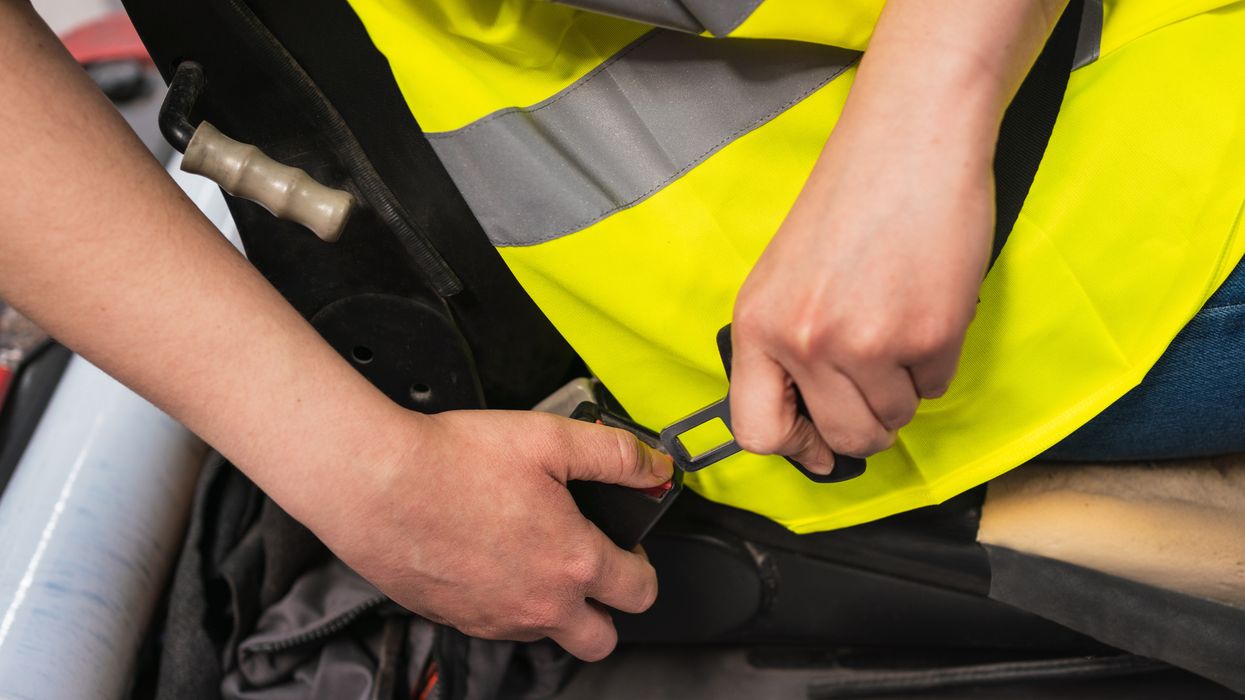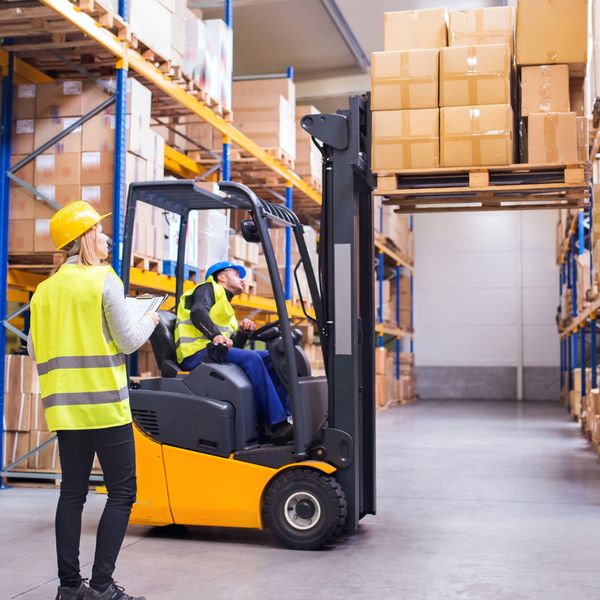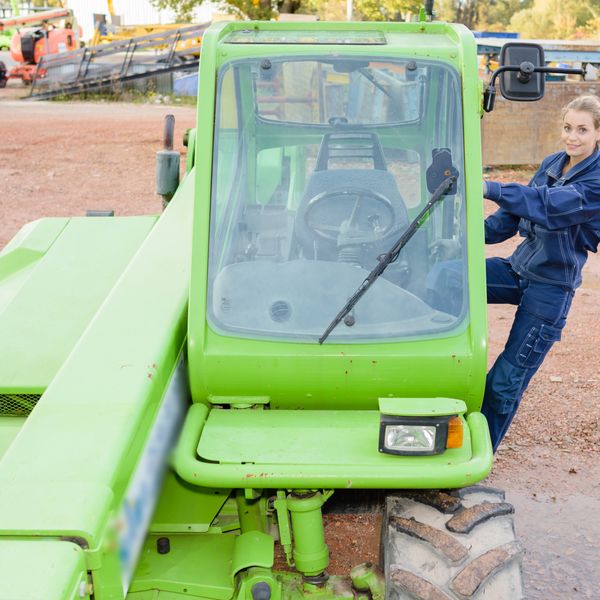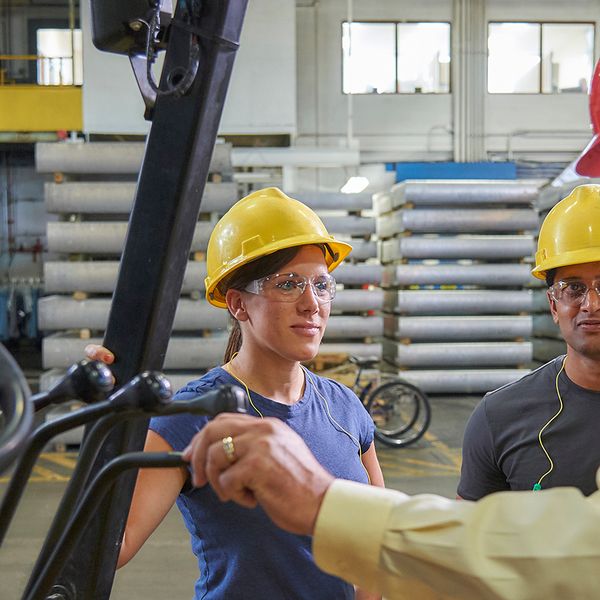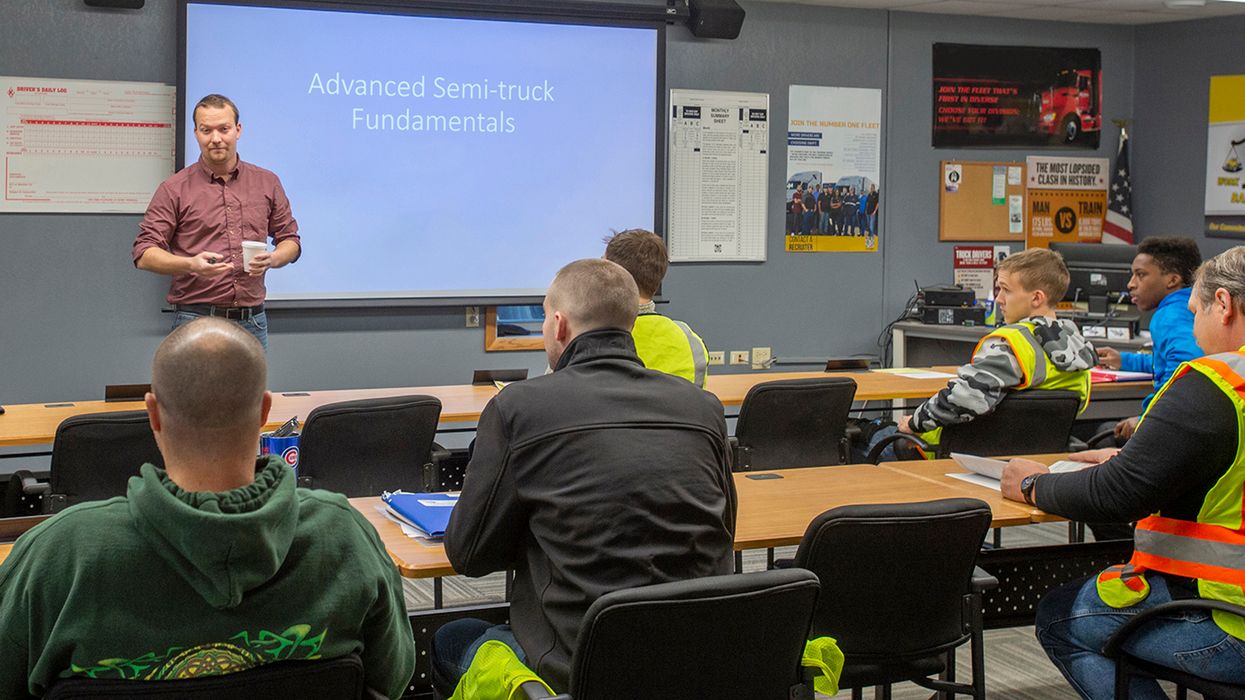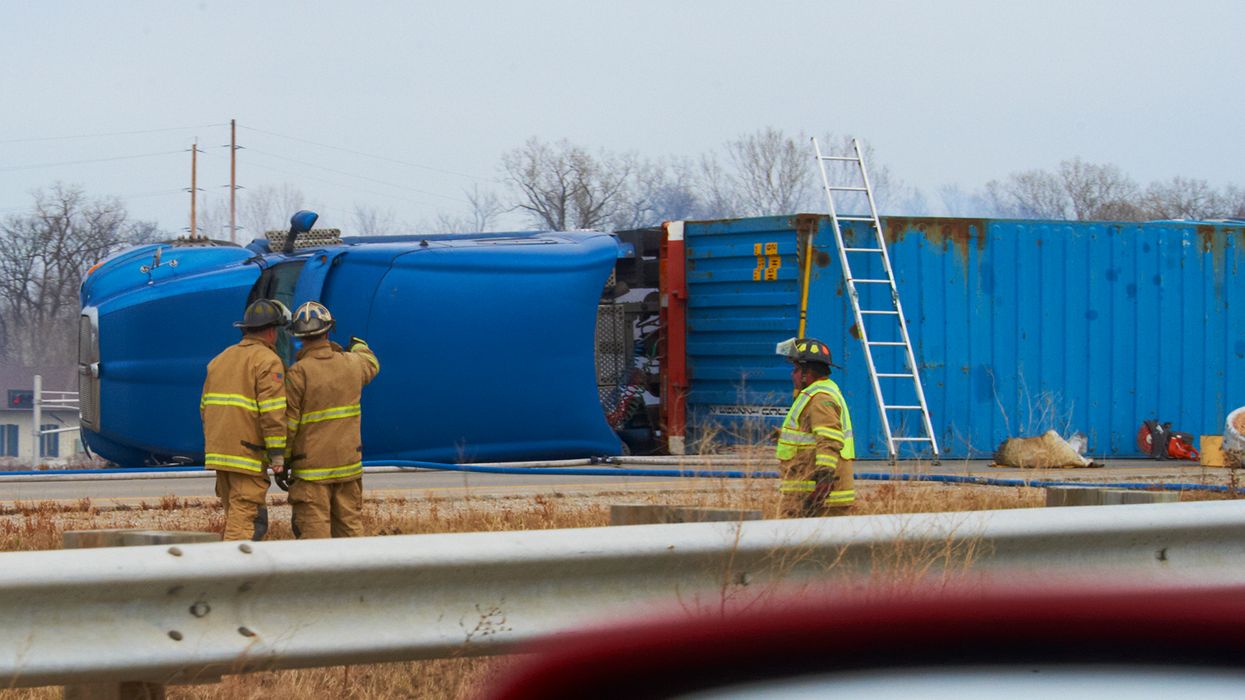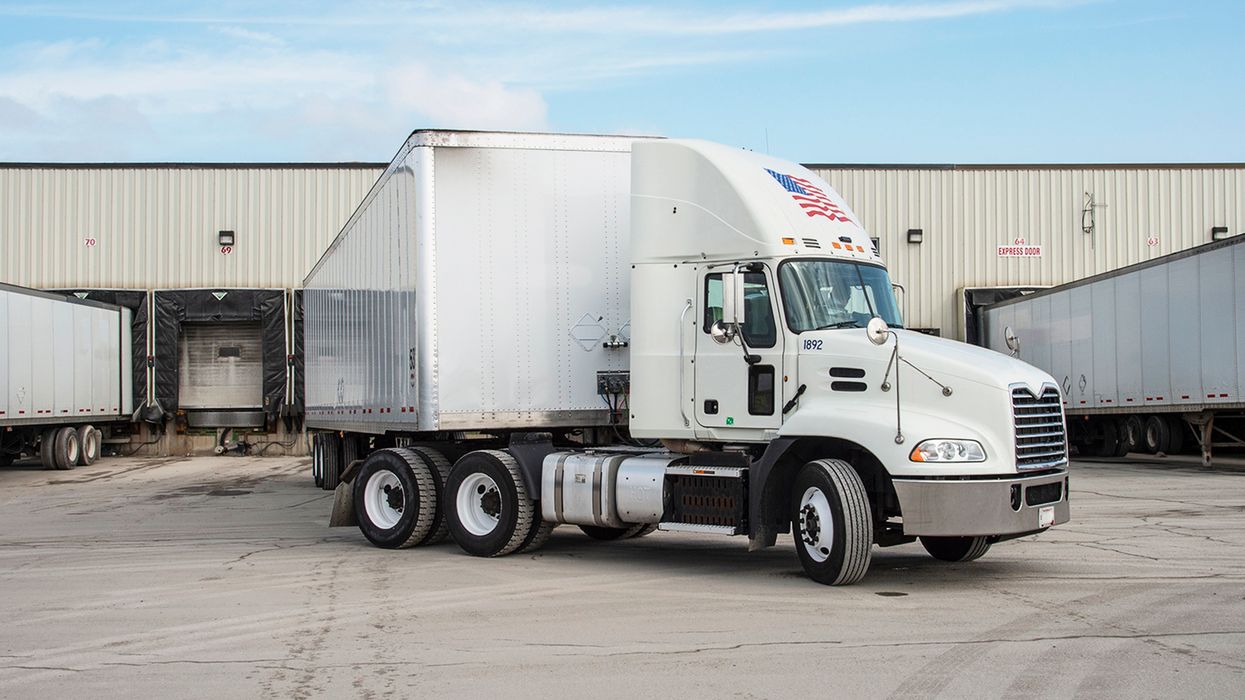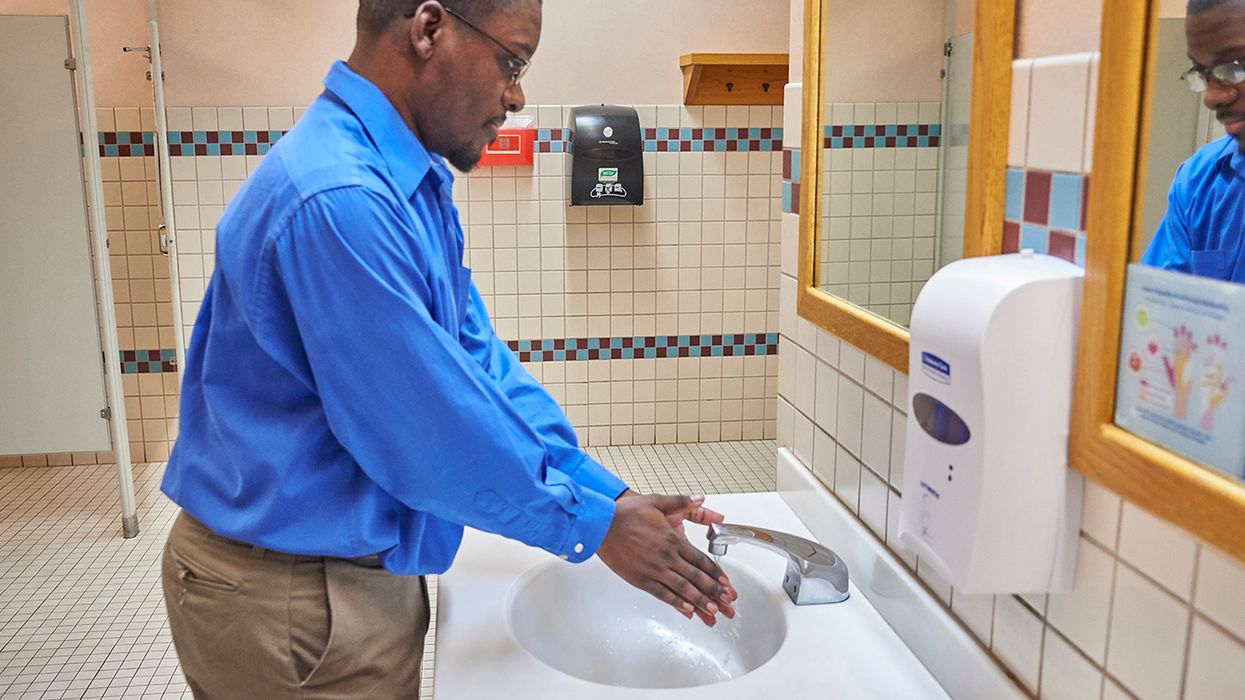Five forklift facts that are not in the OSHA regulations
Many common areas of confusion regarding forklift operation do not appear in the OSHA regulations. Perhaps the lack of regulatory information adds to the confusion. Below are the answers to some frequently asked questions.
No driver’s license but must be 18 years old
Since forklifts are not operated on public roads, the operator does not need a driver’s license. In fact, OSHA requires training on the differences between a forklift and a car. Someone with a driver's license might assume that forklifts handle like cars, but they do not!
A forklift operator must, however, be at least 18 years old. That’s not in the OSHA regulations, but appears in the child labor regulations. Minors under 18 years of age cannot operate (or even ride on) equipment like forklifts or scissor lifts.
Seatbelts required
Everyone knows that forklift operators must use the seatbelt if the forklift has one. That does not appear in the OSHA standard, but it’s usually a safety warning in the forklift operator manual. Since failing to wear a seat belt is a recognized hazard that could cause serious injury, OSHA uses the General Duty Clause to cite employers that don’t enforce seatbelt use.
Hearing or vision impairments
Employers occasionally hire trainees with hearing loss, vision impairment, or other physical limitations. Alternatively, an experienced forklift operator could get injured or experience similar impairments. OSHA does not establish specific requirements for vision, hearing, or other qualifications, and physical limitations are not necessarily disqualifying.
Instead, employers must evaluate the individual and determine if the person can operate safely. Trainers should work with their Human Resources team to evaluate possible accommodations under the Americans with Disabilities Act. Do not assume that a physical limitation would prevent someone from becoming a safe forklift operator. If an evaluation finds that the person cannot meet acceptable safety standards, the employer may refuse to certify the operator.
Trainers might need training
The employer determines who is qualified to deliver powered industrial truck training. The trainer must have the “knowledge, training, and experience” to train and evaluate operators. Attending a “train the trainer” class and getting a certification isn’t a bad idea, but OSHA doesn’t require any particular course or certification to be a trainer.
OSHA does, however, require that the trainer have experience using the type of equipment that trainees will operate. Since experience is required, the trainer likely received training on using that equipment. Further, if the employer purchases a new type of truck or attachment that the trainer has never used, the trainer will need experience using that equipment before training others.
For related information, see our articles on Debunking the mysteries of forklift training (Part 1) and Debunking the mysteries of forklift training (Part 2).
Even minor modifications require approval
Modifications that affect “safe operation” require the manufacturer’s written approval per 1910.178(a)(4). In OSHA’s view, that covers nearly any change, even adding a warning light or backup alarm. A Letter of Interpretation dated April 11, 1997, clarified that if the manufacturer does not respond or refuses to approve a modification, employers may instead get approval from a Qualified Registered Professional Engineer. Employers should ensure that forklift operators don’t modify equipment, like adding plywood or tarps to the cage as a sun shade. Those changes could affect safe operation and would require approval.
Key to remember: The powered industrial truck standard does not address every issue that employers might face, but employers can find answers in other regulations or guidance.

